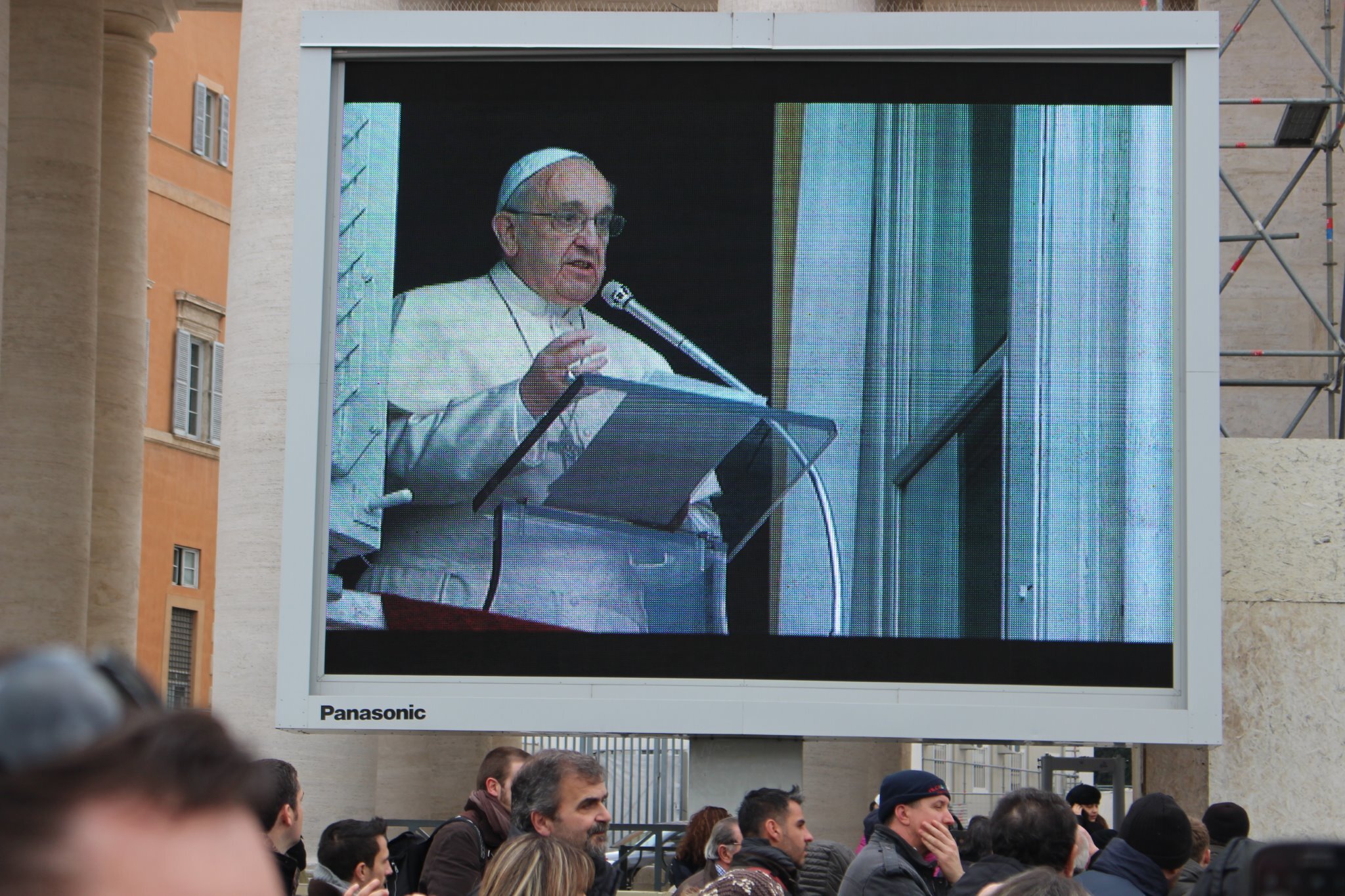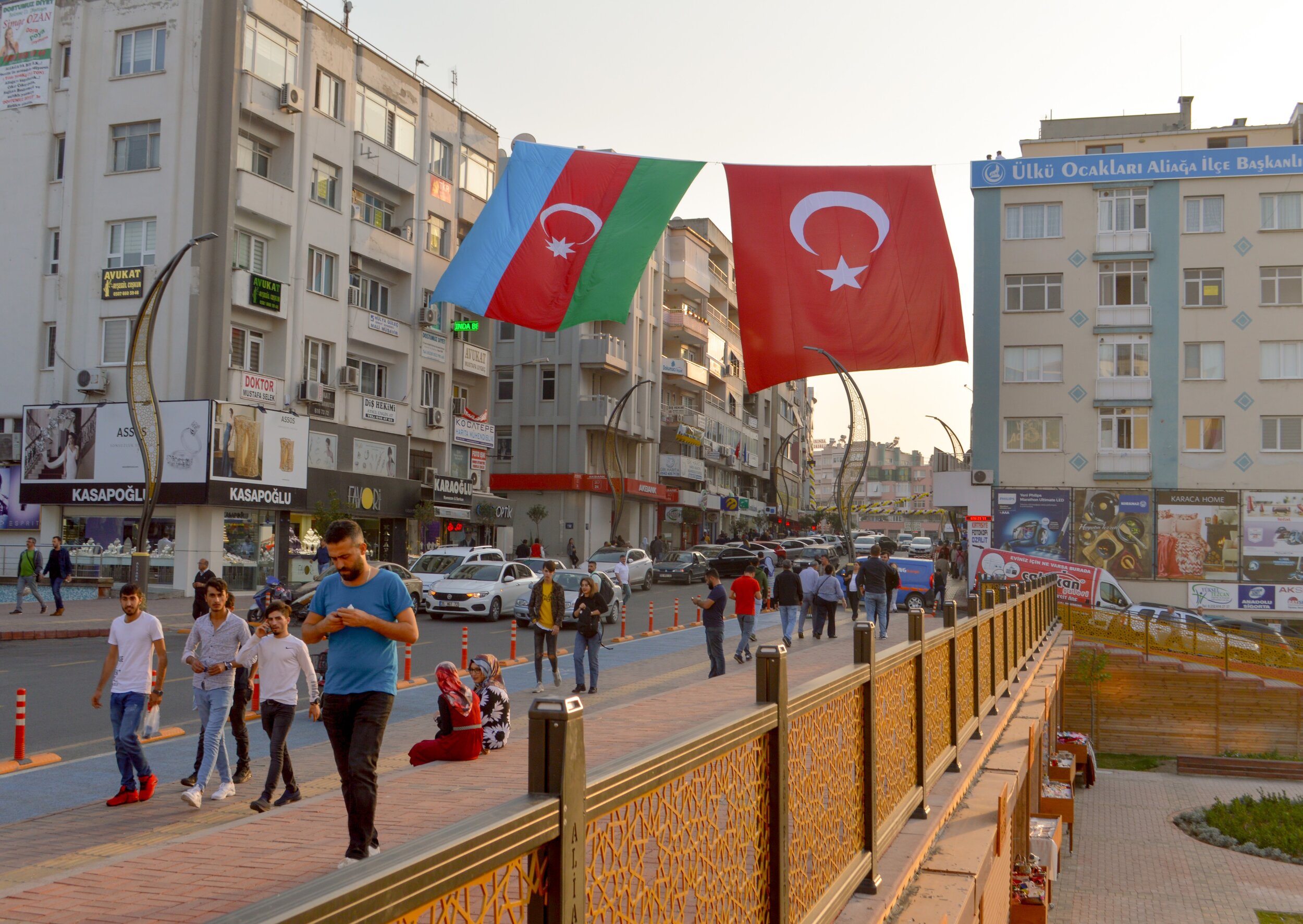The Period Products (Free Provision) (Scotland) Bill requires local authorities and schools to make sanitary materials free and available to all.
A woman passes a menstrual product to another. Annika Gordon. Unsplash.
On Nov. 24, Scotland became the first country to provide free and universal access to period products. In a tweet, the Scottish Labour Party confirmed that the bill had passed unanimously. This historic legislation was approved after a four-year grassroots campaign spearheaded by Scottish Labour’s health spokesperson, Monica Lennon.
The Period Products (Free Provision) (Scotland) Bill is groundbreaking for several reasons. Not only does it aim to dispel period misconceptions, but it also functions to support individuals who struggle to care for themselves. A 2018 Scottish government study found that roughly 220,000 girls and women between the ages of 12 and 54 lived in relative poverty. Period products can cost about $10.75 per month. Although that might not seem like much, Lennon wrote in the 2017 proposal, “when you have no or very little income, it can be insurmountable.”
According to the United Nations Population Fund, menstruation is also an issue of human rights. Despite its natural occurrence, periods are often stigmatized. Consequently, limited conversations on menstrual health might make it difficult for those in need to seek adequate help. For instance, a December 2017 study condemned the menstrual hygiene plight of homeless women as a “public health disgrace.” Researchers reported that homeless women tend to reuse products despite cleanliness concerns such as toxic shock syndrome. An interviewee shared that her shelter provided only two pads, while the average woman uses approximately 20 pads per cycle.
Consequently, the passage of the Period Products Bill is a stepping-stone toward recognizing the worth of women as well as the unique challenges they face.
What about other countries?
Like Scotland, China’s women are taking a stand. Jiang Jinjing, a women’s rights advocate, gained prominence after the COVID-19 outbreak hindered the distribution of supplies. She started the campaign Stand by Her in an effort to alleviate period poverty while also destigmatizing menstruation. Her work has inspired both men and women to set up centers that provide free period products. In at least 338 schools and colleges across the country, boxes and bags of individually wrapped period products have already sprung up in bathrooms. While their network is still growing, Jiang believes that they have planted seeds of change. She also noted that their efforts have helped to normalize words like “pads” and “periods,” which, she notes, is a “huge milestone.”
New Zealand is another country that provides free sanitary products—but only to students enrolled in schools. Miranda Hitchings, a co-founder of Dignity, a nongovernmental organization that gives period products to those in need, lauded the move but emphasized that period poverty encompasses a wider population. While the situation has yet to evolve, New Zealand’s Minister for Women, Julie Anne Genter, recognized that menstruation is a fact of life and that “access to these products is a necessity, not a luxury.”
Moving forward
Ultimately, Scotland’s historic move could prove a necessary spark for many budding efforts around the world. By Jan. 1, 2021, the United Kingdom will no longer tax period products. Countries like Spain and Switzerland are also planning to reduce tampon taxes by about 5%. Until other countries follow suit, making period products free for all remains a key component toward attaining true gender equality.
Rhiannon Koh
Rhiannon earned her B.A. in Urban Studies & Planning from UC San Diego. Her honors thesis was a speculative fiction piece exploring the aspects of surveillance technology, climate change, and the future of urbanized humanity. She is committed to expanding the stories we tell.





































































